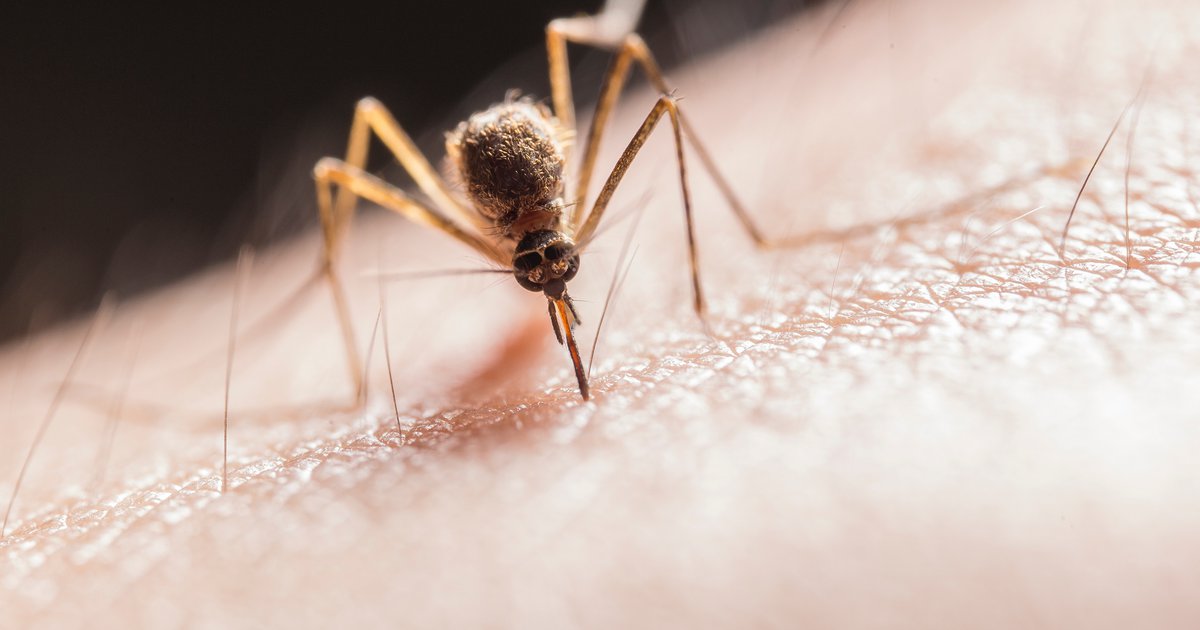
# **Zika Virus Modifies Human Skin Chemistry to Draw More Mosquitoes**
## **Introduction**
The Zika virus is a notable mosquito-borne affliction that has triggered worldwide health alarms due to its serious consequences, especially for pregnant women. While a great deal is known about its symptoms and how it spreads, emerging studies indicate the virus employs an additional covert tactic—it alters the chemical makeup of human skin, rendering infected people more appealing to mosquitoes. These modifications elevate the chances of additional mosquito bites, consequently facilitating the virus’s transmission.
## **The Role of Mosquitoes in Zika Transmission**
The primary carrier of the Zika virus is the *Aedes aegypti* mosquito, which also spreads other perilous viruses like dengue and chikungunya. This mosquito species has broadened its geographical distribution because of factors such as climate change and urban development, amplifying the risk of Zika outbreaks in previously unaffected areas. Nevertheless, despite comprehensive studies, the factors that influence transmission rates have remained partly understood—until now.
## **How Zika Changes Human Skin Chemistry**
A recent investigation revealed that the Zika virus impacts metabolic functions within human skin, particularly in cells that provide structural support, wound recovery, and tissue regeneration. These metabolic alterations affect the generation of volatile organic compounds (VOCs), which are vital in luring mosquitoes. The virus’s effect on VOCs offers a biological benefit by enhancing mosquito bites and, in turn, viral spread.
### **Key Findings of the Study**
– **Enhanced VOC Production:** The research analyzed skin samples from both Zika-infected and uninfected individuals, showing a notable rise in the production of 14 distinct VOCs in infected individuals.
– **Impact on Mosquito Behavior:** The VOCs identified include hydrocarbons, carboxylic acids, aldehydes, alcohols, and ketones, recognized as mosquito lures. The increased concentrations of these compounds intensified mosquito feeding activity, raising both the probability of bites and the amount of blood consumed.
– **Genetic and Protein Expression Changes:** The researchers employed meta-proteome analysis, a method that scrutinizes protein and gene interactions, to uncover the biological mechanisms behind these modifications. Their observations indicate that specific genes and proteins are triggered in response to Zika infection, leading to the emission of mosquito-attracting chemicals.
## **Potential Strategies to Combat Zika**
These revelations pave the way for new methods to manage Zika’s spread. Grasping how the virus boosts its transmission might result in groundbreaking prevention approaches, including:
1. **VOCs-Based Mosquito Repellents:** Creating topical applications or sprays that inhibit or neutralize the mosquito-attracting VOCs could diminish the risk of secondary infections.
2. **Genetic Interventions:** By focusing on the metabolic pathways responsible for VOC synthesis in infected individuals, researchers could devise therapeutic interventions that minimize mosquito allure.
3. **Altering Mosquito Behavior:** Future investigations might explore mosquito-centric strategies, such as modifying mosquito scent receptors to reduce their responsiveness to the VOCs emitted by infected people.
## **Conclusion**
The revelation that the Zika virus alters skin chemistry to entice more mosquitoes marks a significant advance in understanding viral spread. These findings not only clarify why certain individuals may experience higher infection rates but also present potential novel pathways for addressing the disease’s transmission. As scientists work to find ways to disrupt Zika’s ability to take advantage of human chemistry, the prospect for more potent prevention and treatment solutions becomes increasingly promising.